
Lou Gehrig, born on June 19, 1903, in New York City, grew up in a working-class family as the son of German immigrants. As the Iron Man of the New York Yankees, Gehrig played an incredible 2,130 consecutive games, earning the nickname “The Iron Horse.” This article explores 15 legendary moments from Gehrig’s life that cemented his place as a true sports icon.
Lou Gehrig Day

June 2 is celebrated annually as Lou Gehrig Day to honor the life and legacy of the Yankees legend. This date marks both the day he became the starting first baseman in 1925 for the Yankees, and the day he passed in 1941 from amyotrophic lateral sclerosis or ALS, now often referred to as Lou Gehrig’s disease.
Two-Time American League Most Valuable Player
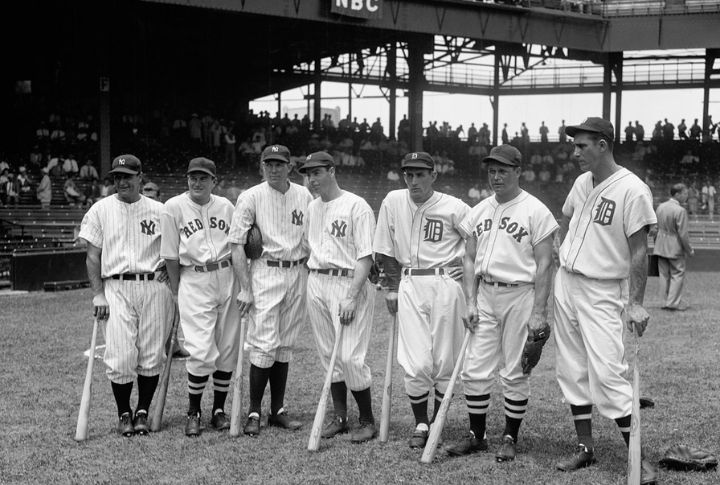
Lou Gehrig was named the American League Most Valuable Player or MVP twice during his career, first in 1927 and again in 1936. In 1927, he played a pivotal role in the Yankees’ legendary Murderers’ Row lineup, hitting .373 with 47 home runs and 175 RBIs. His second MVP award came nearly a decade later when he led the Yankees to another dominant season.
Young Gehrig Makes History
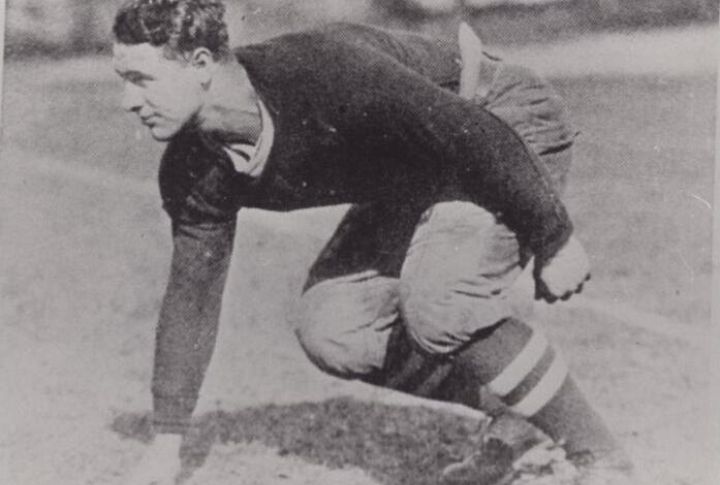
While Yankee Stadium opened its gates for the first time on April 18, 1923, a young Lou Gehrig, then a student at Columbia University, pitched against Williams College. He set a school record by striking out 17 batters, hinting at the athletic greatness that was to come. The record he set that day stood for nearly 50 years.
Dominating Offensive Categories
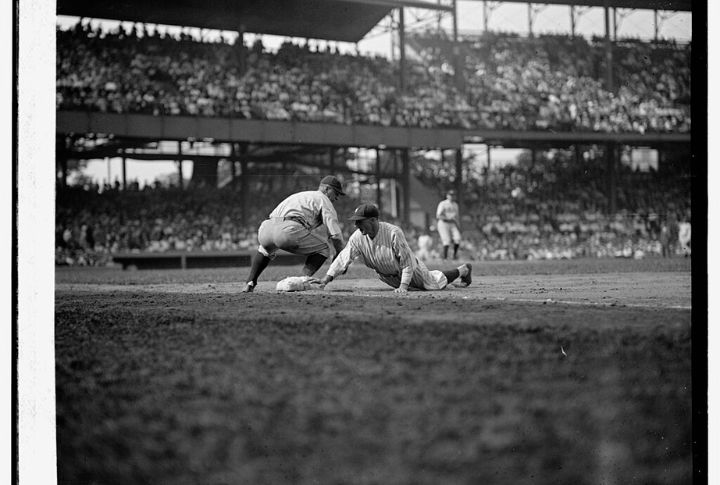
Throughout his career, Lou Gehrig consistently led the American League, and often all of Major League Baseball, in nearly every significant offensive category. From home runs to RBIs, total bases, and slugging percentage, Gehrig’s stats put him in a league of his own, reaching milestones like 200 hits, 100 walks, and 400 total bases multiple times.
First Base Was His Favorite
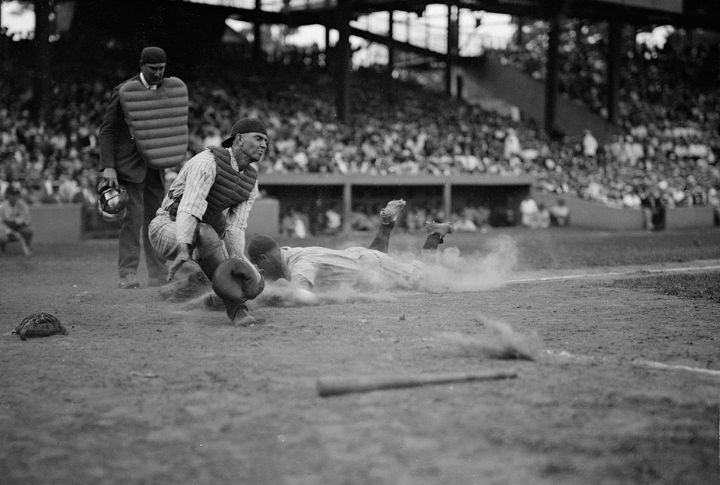
Lou Gehrig’s 2,130-game consecutive streak is one of baseball’s most enduring records. It is even more impressive that he started 2,124 of those games at first base. This level of durability and commitment at such a physically demanding position showcased Gehrig’s incredible athleticism and toughness.
His OPS Ranks Third All Time
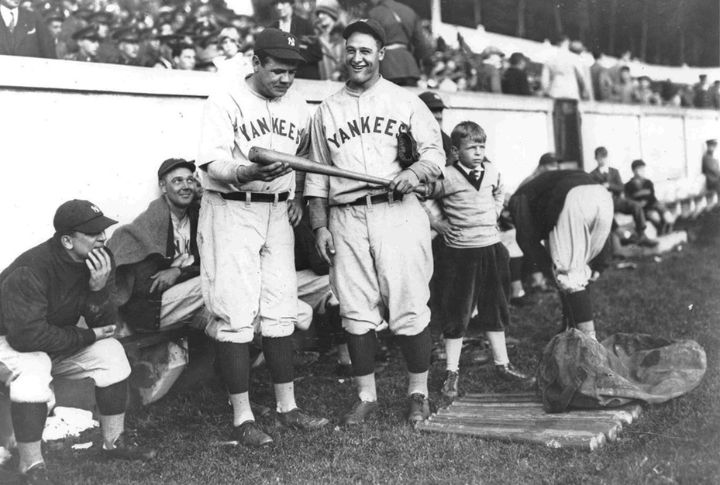
With a career OPS of 1.080, Lou Gehrig remains one of the most potent offensive forces in baseball history. His OPS ranks third all-time, behind only Babe Ruth and Ted Williams, which reflects his incredible ability to get on base and hit for power. The stat highlights Gehrig’s all-around greatness as one of his era’s most feared and respected hitters.
He Was a Seven-Time All-Star

From 1933, when the All-Star Game was first introduced, until 1939, Gehrig was selected as an All-Star in seven consecutive seasons. This streak shows his incredible consistency and dominance throughout the 1930s, as he remained a standout among his peers year after year. During that era, his presence in the All-Star Game showcased his place among the game’s elite.
His WAR is the Most All-Time for a First Baseman
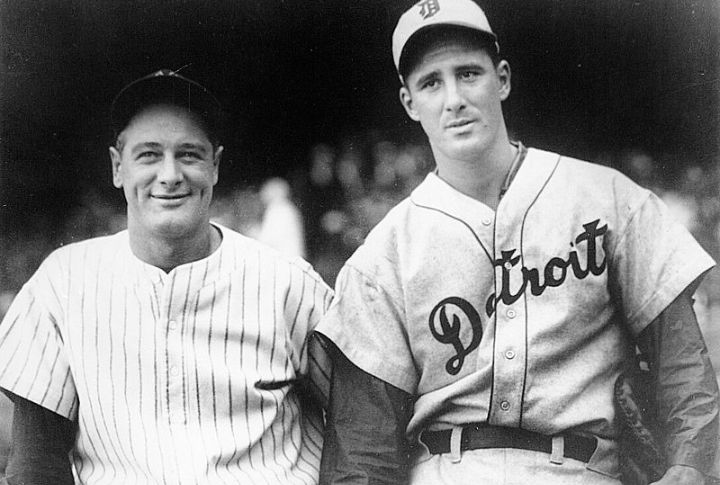
Gehrig’s career Wins Above Replacement (WAR) of 113.8 is the highest ever recorded for a first base player. The statistic reflects the total value he brought to the game by combining his offensive contributions, defense, and durability. It clearly indicates his impact on the Yankees’ success and underscores his status as the greatest first baseman in baseball history.
Grand Slams During His Career
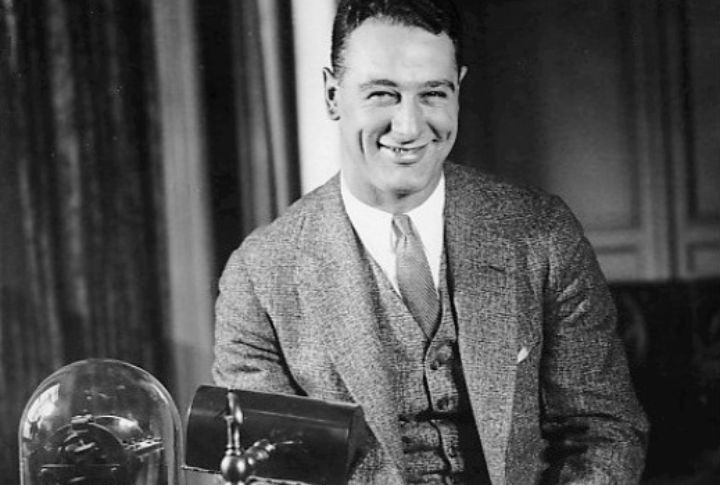
He still holds the record for the most grand slams in MLB history, with 23. His ability to come through in high-pressure situations made him a game-changer and a reliable force for the Yankees. This record stands as an emblem of his clutch performance and power-hitting capabilities and symbolizes his prowess.
He Tallied at Least 400 Total Bases
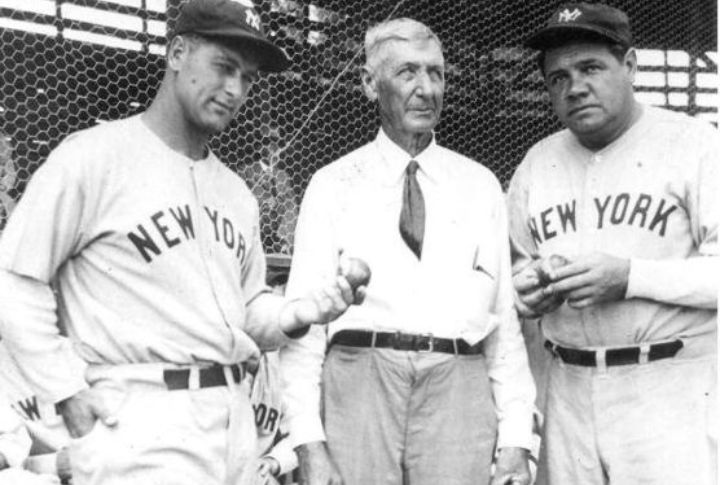
In five separate seasons, Gehrig amassed at least 400 total bases, a feat only a handful of players have accomplished. Total bases measure a hitter’s power by tallying all the bases from hits (singles, doubles, triples, and home runs). Gehrig’s ability to reach this milestone multiple times shows the consistency and excellence of his power-hitting.
He Paired 200 Hits with 100 Walks
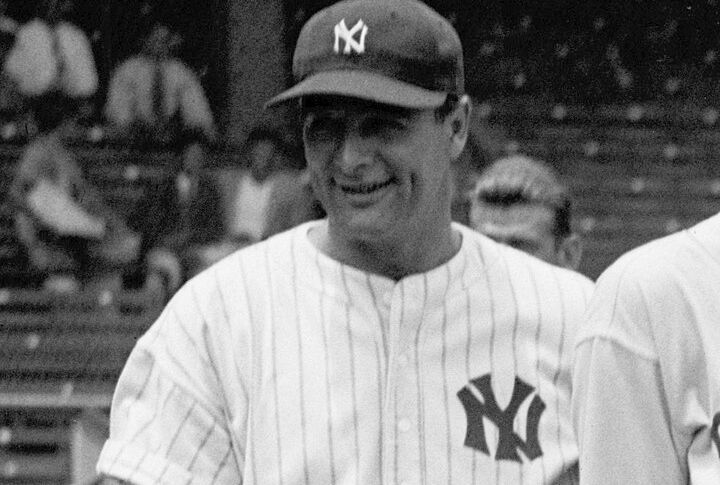
The legendary player paired 200 hits with 100 walks in seven seasons to show off his discipline at the plate. This hitting power and patience combination demonstrated Gehrig’s elite approach to the game. He made contact at a high rate and knew how to get on base to become a complete offensive player.
Six-Time World Series Champion

Gehrig’s contributions helped lead the New York Yankees to six World Series championships during his career. Playing alongside legends like Babe Ruth and later Joe DiMaggio, Gehrig was a cornerstone of one of the most successful franchises in sports history. His leadership, reliability, and offensive power made him integral to the Yankees’ success.
Winning the Batting Triple Crown
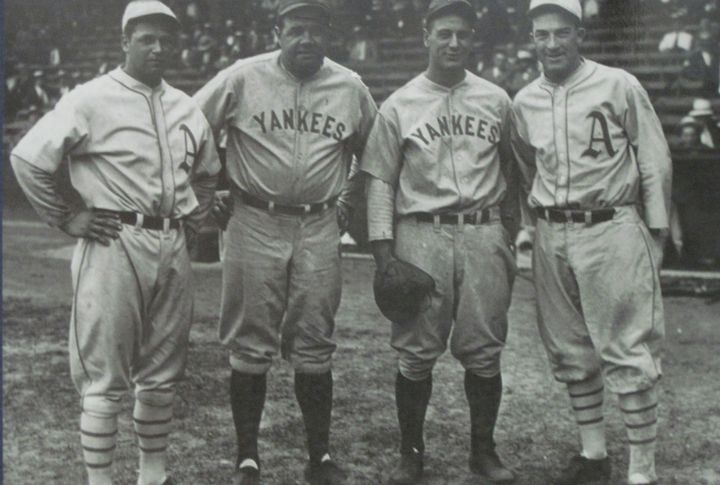
Winning the Triple Crown, which requires leading the league in batting average, home runs, and RBIs, is one of the most difficult and prestigious achievements in baseball. Gehrig is one of only ten players who won the Triple Crown since RBIs became an official statistic in 1920. He accomplished this in 1934, hitting .363 with 49 home runs and an incredible 165 RBIs.
Fans’ Hearts Were Broken During His Last Game
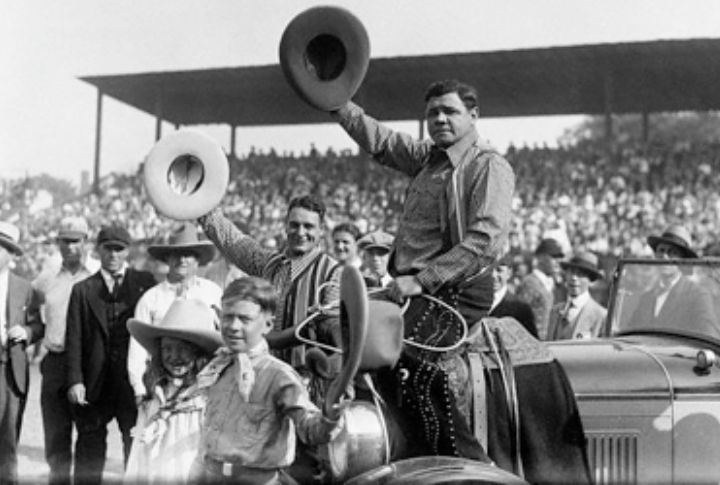
Lou Gehrig’s last game with the New York Yankees was on April 30, 1939, against the Detroit Tigers. Few understood the significance of this day at the time, as it marked the end of an era for Gehrig and the Yankees. Despite the visible toll his illness had taken on him, he displayed the same determination and spirit that had defined his playing career.
His Luckiest Man on the Face of the Earth Speech
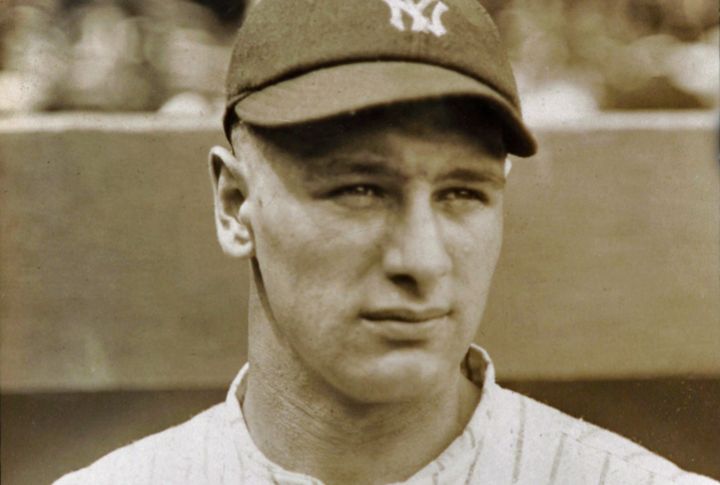
On July 4, 1939, Lou Gehrig stood before a packed Yankee Stadium crowd to deliver his farewell speech after being diagnosed with ALS. Gehrig considered himself a very lucky man on Earth despite the terminal illness ending his career. His grace, humility, and gratitude in the face of such adversity moved millions, and he received a 2-minute ovation.








